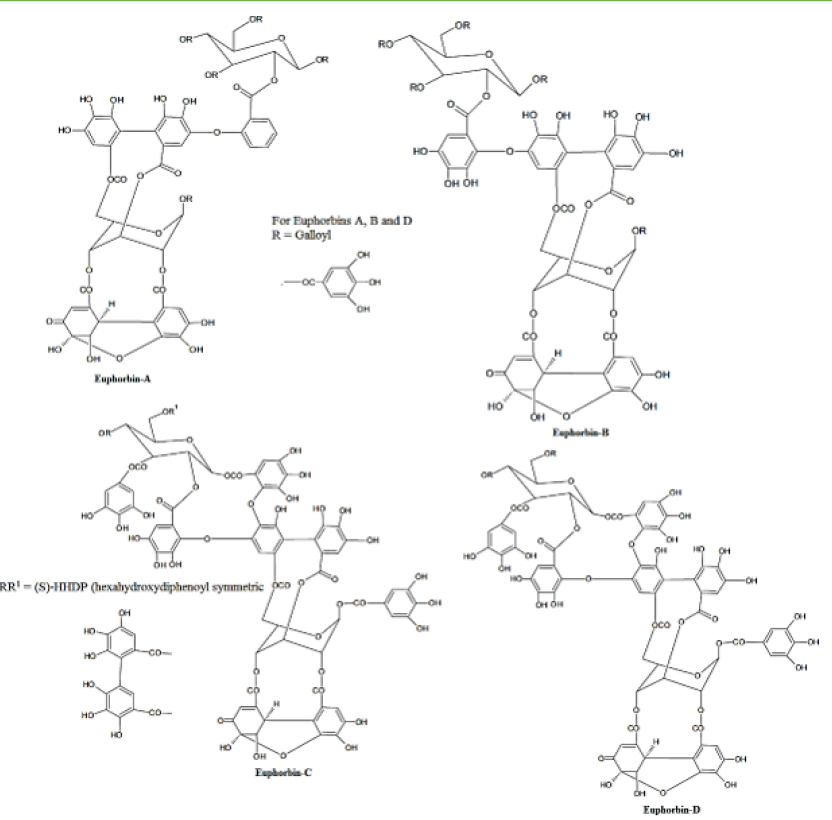Euphorbia hirta as a gold mine of high-value phytochemicals: A comprehensive review of its pharmacological activities and possible role against SARS-CoV-2
DOI:
https://doi.org/10.15419/bmrat.v9i2.728Keywords:
ACE-2, Ethnopharmacology, Euphorbia hirta, Phytochemistry, SARS-CoV-2Abstract
Euphorbia hirta is a common medicinal plant in folk and traditional medicine systems. This plant has shown promising effects against several human ailments and infectious diseases. Therefore, it is important to summarize the medicinal activities and value of Euphorbia hirta. The main intent of this literature review was to summarize the phytochemical content and pharmacological applications of Euphorbia hirta. The literature review about the pharmacology and phytochemistry of Euphorbia hirta was collected from different global platforms, such as Scopus, ERIC, PubMed, and Web of Science. E. hirta has a rich phytochemistry and exhibits remarkable activity against respiratory diseases, gastrointestinal disorders and venereal diseases. Different extracts of this plant have shown significant preclinical anticancer propensity against an array of different cancer cell lines. It acts as a highly active antiviral agent and has shown pronounced activity against coxsackievirus, human immunodeficiency virus, dengue virus, poliovirus and simian immunodeficiency virus. A clinical study showed its inhibitory responses against flu and fever in dengue patients. Most importantly, the plant possesses remarkable inhibitory action on ACE, which aids SARS-CoV-2 entry into host cells. The multidimensional role of Euphorbia hirta as a potential antiviral agent suggests its possible application to control COVID-19 along with modern and Western medicinal strategies. In conclusion, the literature review regarding Euphorbia hirta showed its strong pharmacological applications, such as antimicrobial, antimalarial, anti-asthmatic, antioxidant, antiviral and anticancer activities. Further in-depth research is necessary to monitor its role in the management of viral diseases, especially COVID-19.

Published
Issue
Section
License
Copyright The Author(s) 2017. This article is published with open access by BioMedPress. This article is distributed under the terms of the Creative Commons Attribution License (CC-BY 4.0) which permits any use, distribution, and reproduction in any medium, provided the original author(s) and the source are credited.
